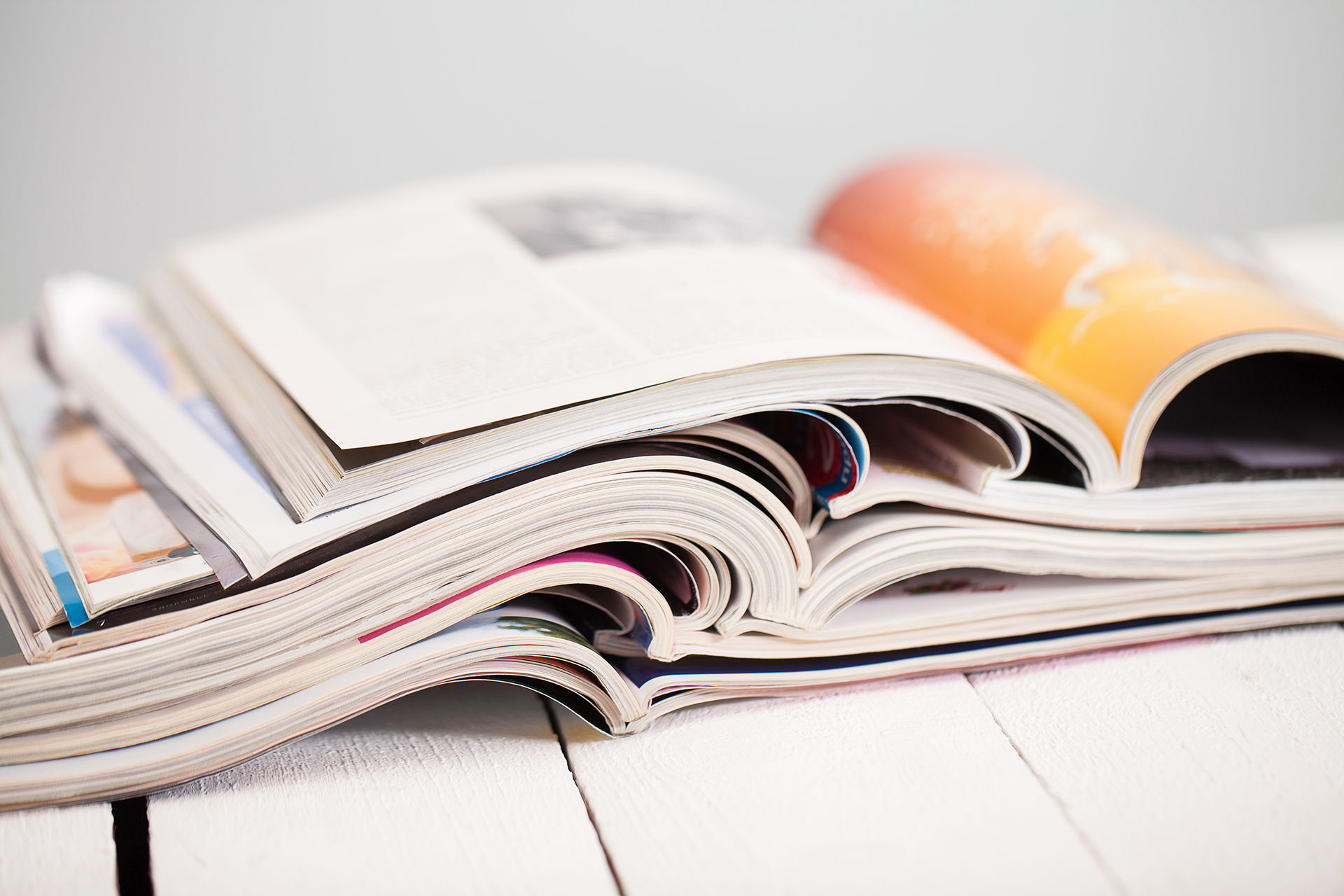Unique Resume Hacks
- Koriana Blevins
- Oct 17, 2018
- 2 min read
A month ago, I went to a professor for help on my resume.
He looked at it for 30 seconds, wadded it into a ball, and threw it on the table. While this might have seemed a little harsh, it confirmed how most employers would act when reviewing a resume as simple as mine. He then talked me through various tips on how to make my resume stand out, especially in creative industries. This can include advertising, architecture, and even research and development. The advice this professor gave went beyond what I was taught in school. Since he had been in the industry I want to be in, I knew his tips would tell me exactly what employers are looking for. I hope these resume hacks for aspiring creatives help you as much as they helped me.
Inverted Pyramid Method
Utilizing the inverted pyramid is going to be your best bet. This method is when you put the most valuable information at the top, then have the less desirable stuff at the bottom (i.e. contact information). Also, instead of listing work experiences at the top, list actual skills you've acquired throughout college. While the experiences you've had in college are important, they don't necessarily tell employers what you're good at; they only tell them what you did in the job. At the top of your resume, list five or six bulleted points that quickly give employers an insight into your key strengths and ways you will be an asset to the team.
Include Noteworthy Projects
I've been a part of some really cool projects during my time at UK. One is traveling to London and creating a multimedia campaign for UKPlaid. While this is something that will go into my professional portfolio, putting it on my resume and will show employer's that I have worked on a project that is something similar to what they do as a company. This can also incline employers to dive more into the work you've done by looking at your portfolio; which isn't necessarily guaranteed.
Branding // Design
Your resume should go beyond a simple template provided to you by Microsoft Word. Search through various creative resume templates then create one on Adobe InDesign that best fits you. After deciding on which template to use, try creating a personal logo. Not only does this showcase your creativity and proficiency in specific software's, but you also have a better chance of catching, and retaining, an employer's eye through visual design.
While these tips might be a no-brainer, this was something I did not learn until my senior year of college. Before sending your resume off, reach out to professors who can help you build a resume that is tailored to the industry you wish to work in. Without my professor's tips, I'm sure I would have never gotten a call back from the creative advertising agencies I planned on applying to. Be bold and reach out! We all can use a little bit of guidance every now and then.




















































Comments